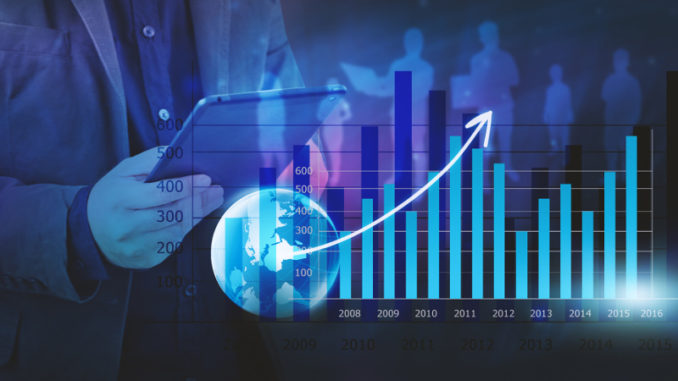
As part of « Foreign currency and commodities price risk management », I’d like to highligt a specific tool, the Future contract
As a contract, it’s an legal agreement, standardized, with which two parties, not known to each other, both agree to buy or sell something at a predetermined price in a specified time in the future.
For example, AirFrance needs to secure its supplies of jet fuel for the year to come. They will negotiate Future contract about the needed quantities on the market, called Future exchanges.
The Future contract is a derivative product. The asset is usually a commodity or a financial instrument.
The predetermined price is called the Forward price
The specified date is called the Delivery date (it’s when the product is delivered and the payment made)
The BUYER is said to be the Long Position Holder
The SELLER is said to be the Short Position Holder
The original use of the Future contract is to mitigate the risk of price or exchanges rates movements, by allowing parties to fix prices and rates in advanced for future transactions.
It offers as well opportunities for speculation: a trader who predicts the price of an asset in the future can contract with a seller at a price that would yeld a profit.
The principe for the speculator is to buy in period of surplus and sell in period of need.
The main purpose of the Future is to mitigate the risk of default by either party in the intervening period
Back to example: AirFrance in 2008 estimated that jet fuel price would rise up to 200$ a baril, so in 2008 to bought Future contract for 100% of their jet fuel reserve for 2009 at 160$ a baril. It was a good move, unless the price of the baril dropped down, but world econmy was booming. Except for the Subprime crisis. Air travel just slowed down so much that AirFrance didn’t need all this jet fuel. But it was already bought through Future. So their only way was to sell their Future contract before losing it all. Unofrtunatly, baril dropped at 29$, and AirFrance couldn’t sell their contract at more than 60$ a baril. The company lost US$ 3 billion in these Futures, because of a bad anticipation strategy.
How to make sure both party won’t default ? the Future exchange (the market) requires both parties to put up initial cash, or performance bond, known as The Margin.
The Margin, sometimes set as a percentage of the value of the Future contracts, must be maintained through the life of the contract to guarantee the agreement. Over the time, the price of the contract can vary as a function of supply and demand, causing one side of the exchange to lose money at the expense of the other.
The difference between the initial agreed upon price and the actual daily future price is reevaluated daily. This is the Variation Margin. The Future exchange (the market) will draw money out of the losing party account (if only a percentage was paid of course), and put it in that of the other party, ensuring the correct loss or profit is reflected daily.
If the margin account goes below a certain value set by the exchange, then a Margin Call is made and the account owner must resplenish the Margin account.
That’s what is well shown in the movie « Trader », the story of Nick Leeson who provoked the bankrupcy of the oldest english bank, the Barings. He was taking Future contract on the Nikkei Index, betting on the rise or the fall of the index. Each time he was losing its position, the Singapore market required Margin Call to make sure the bank was able to cover its loss. Of course, after the earthquake in Kobe, Nikkei index was in free fall and Nick Leeson positions were unsustainable. The Barings Bank went bankrupt.
The principle is to buy Future contract by month through January to december. You pay a small percentage to the bank which sell you the future, you never buy 100% (unless you are a lousy french company).
Usually, the strategy is to buy 50% of your needs, and watch how the market reacts along.
If you are buying commodities or financial products in an other currency, for example you have euros and you need to buy in US$, then you will have to buy Future contract for the currency you will need later to buy your future commodities.
If you buy a Future contract for cocoa beans, you first need to buy a Future contract in US$ because the currency needed to buy cocoa beans is the US$ (the market for commodities such as cocoa beans is in Chicago).
Same for Airplanes.

Poster un Commentaire
Vous devez vous connecter pour publier un commentaire.